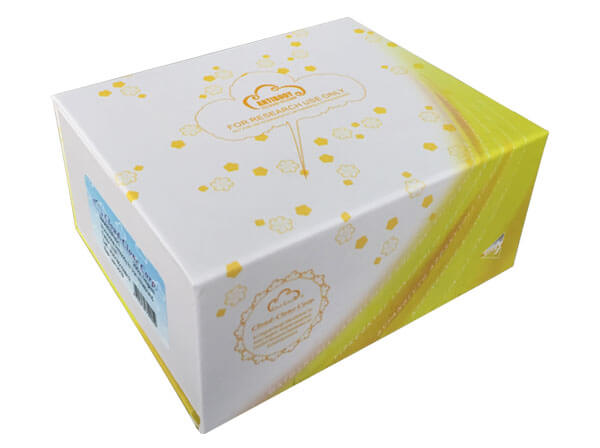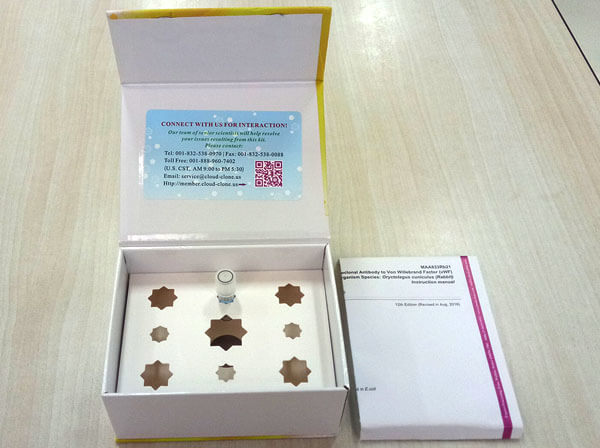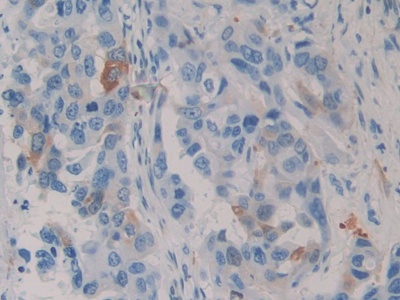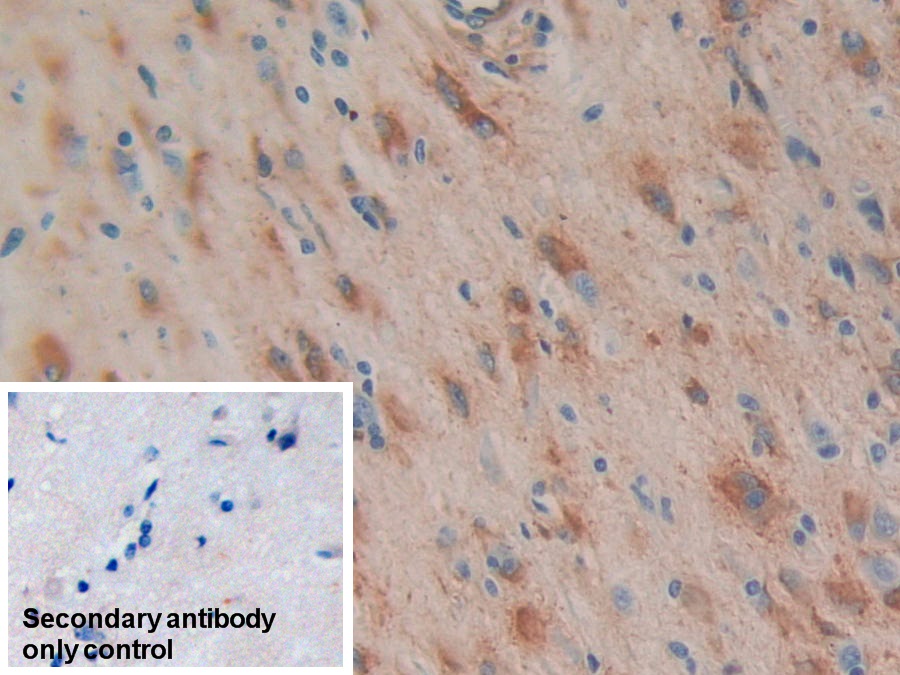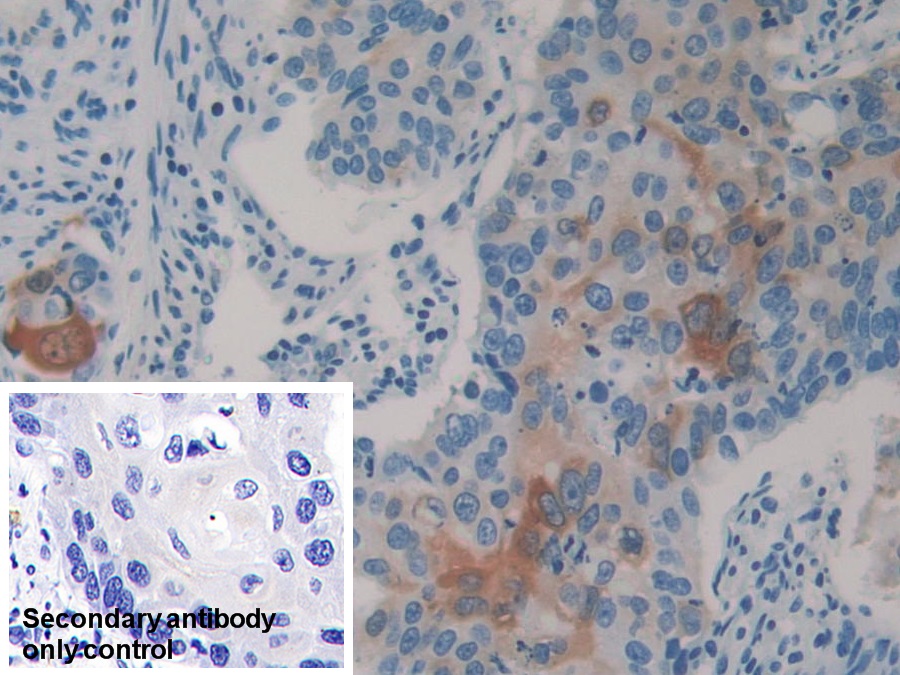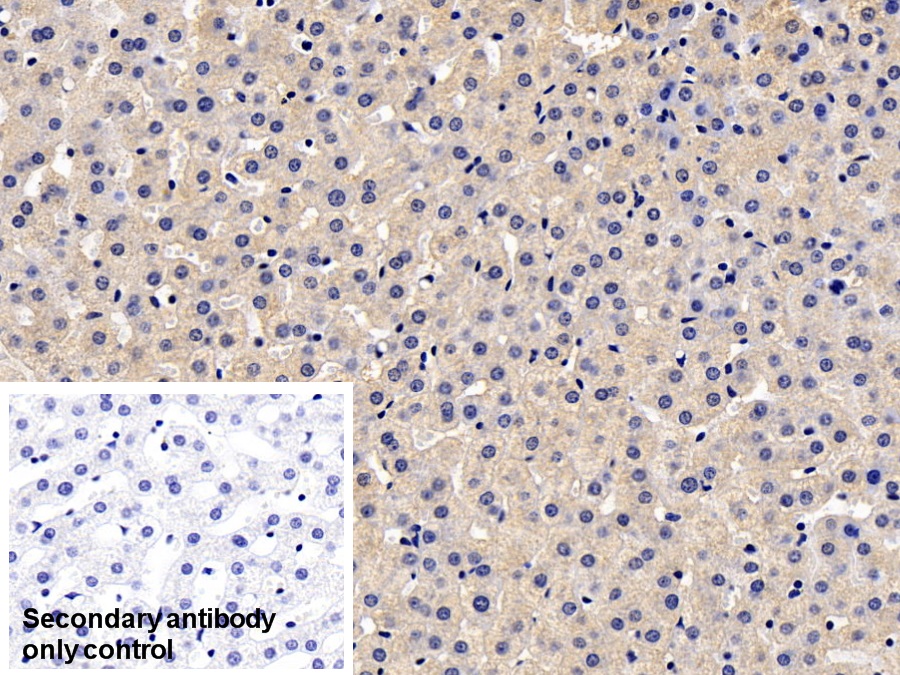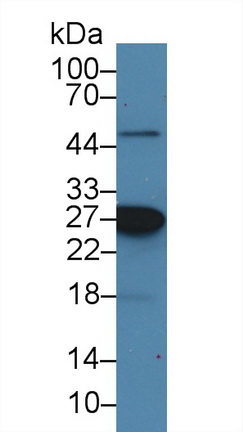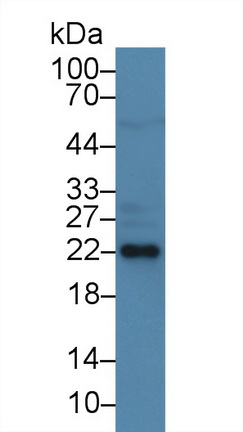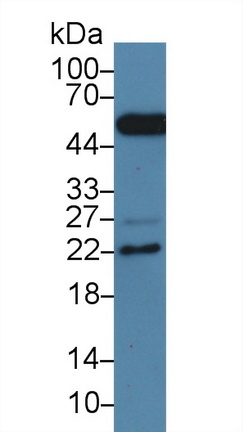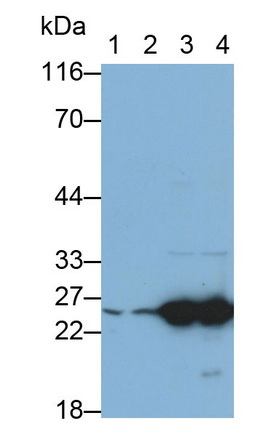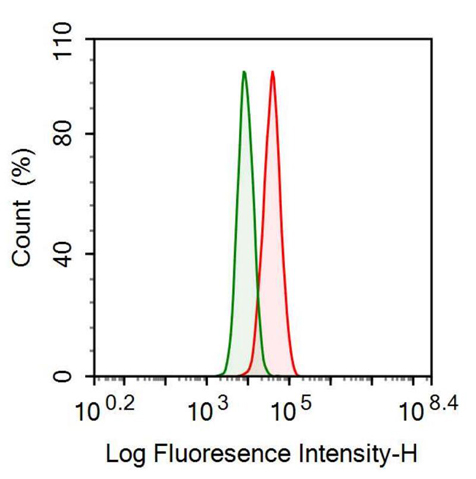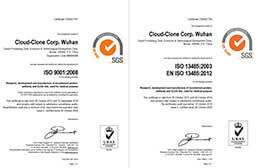Monoclonal Antibody to Heat Shock Protein 27 (Hsp27) 

HSPB1; HSP-B1; CMT2F; HSP28; Hsp25; Heat Shock 27kDa Protein 1; 28 kDa heat shock protein; Heat shock protein beta-1; Estrogen-regulated 24 kDa protein;
Overview
Properties
- Product No.MAA693Hu23
- Organism SpeciesHomo sapiens (Human) Same name, Different species.
- ApplicationsWB; IHC; FCM
If the antibody is used in flow cytometry, please check FCM antibodies.
Research use only - DownloadInstruction Manual
- CategorySignal transductionTumor immunityDevelopmental science
- SourceMonoclonal antibody preparation, Host Mouse
- Ig Isotype IgG1 Kappa, Clone Number C1
- PurificationProtein A + Protein G affinity chromatography
- LabelNone
- Immunogen RPA693Hu01-Recombinant Heat Shock Protein 27 (Hsp27)
- Buffer Formulation0.01M PBS, pH7.4, containing 0.05% Proclin-300, 50% glycerol.
- TraitsLiquid, Concentration 1mg/ml
Sign into your account
Share a new citation as an author
Upload your experimental result
Review

Contact us
Please fill in the blank.
Specifity
The antibody is a mouse monoclonal antibody raised against Hsp27. It has been selected for its ability to recognize Hsp27 in immunohistochemical staining and western blotting.
Usage
Western blottin:g: 0.01-3µg/mL;
Immunohistochemistry: 5-30µg/mL;
Flow cytometry: 10µg/ml;
Optimal working dilutions must be determined by end user.
Storage
Store at 4°C for frequent use. Stored at -20°C in a manual defrost freezer for two year without detectable loss of activity. Avoid repeated freeze-thaw cycles.
Stability
The thermal stability is described by the loss rate. The loss rate was determined by accelerated thermal degradation test, that is, incubate the protein at 37°C for 48h, and no obvious degradation and precipitation were observed. The loss rate is less than 5% within the expiration date under appropriate storage condition.
Organism Species More: Sus scrofa; Porcine (Pig)Giveaways
Increment services
-
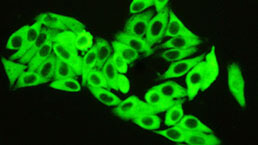 Antibody Labeling Customized Service
Antibody Labeling Customized Service
-
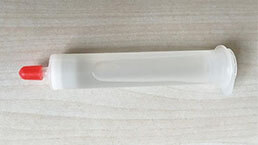 Protein A/G Purification Column
Protein A/G Purification Column
-
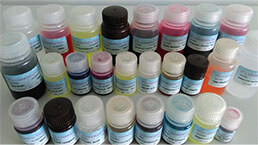 Staining Solution for Cells and Tissue
Staining Solution for Cells and Tissue
-
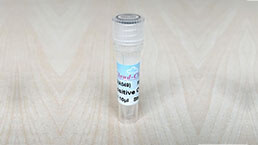 Positive Control for Antibody
Positive Control for Antibody
-
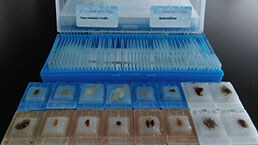 Tissue/Sections Customized Service
Tissue/Sections Customized Service
-
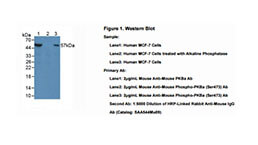 Phosphorylated Antibody Customized Service
Phosphorylated Antibody Customized Service
-
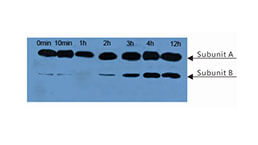 Western Blot (WB) Experiment Service
Western Blot (WB) Experiment Service
-
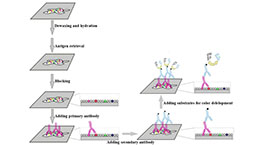 Immunohistochemistry (IHC) Experiment Service
Immunohistochemistry (IHC) Experiment Service
-
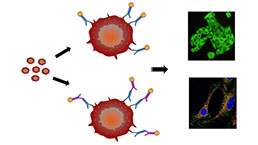 Immunocytochemistry (ICC) Experiment Service
Immunocytochemistry (ICC) Experiment Service
-
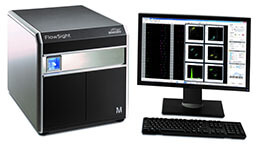 Flow Cytometry (FCM) Experiment Service
Flow Cytometry (FCM) Experiment Service
-
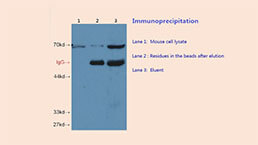 Immunoprecipitation (IP) Experiment Service
Immunoprecipitation (IP) Experiment Service
-
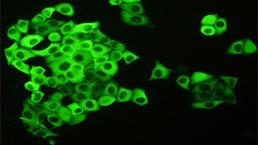 Immunofluorescence (IF) Experiment Service
Immunofluorescence (IF) Experiment Service
-
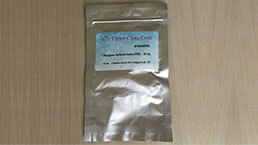 Buffer
Buffer
-
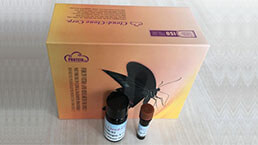 DAB Chromogen Kit
DAB Chromogen Kit
-
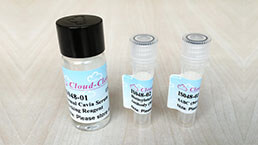 SABC Kit
SABC Kit
-
 Long-arm Biotin Labeling Kit
Long-arm Biotin Labeling Kit
-
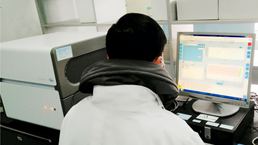 Real Time PCR Experimental Service
Real Time PCR Experimental Service
Citations
- The effect of heat stress on gene expression and synthesis of heat‐shock and milk proteins in bovine mammary epithelial cellsPubMed: 26467738
- HSP27 is a partner of JAK2-STAT5 and a potential therapeutic target in myelofibrosisPubmed:29650953
- Molecules of Damage-Associated Patterns in Bronchoalveolar Lavage Fluid and Serum in Chronic Obstructive Pulmonary DiseasePubmed:29429028
- The beneficial effects of 15 units of high-intensity circuit training in women is modified by age, baseline insulin resistance and physical capacityPubmed: 31102684
- Damage-Associated Molecular Patterns and Myeloid-Derived Suppressor Cells in Bronchoalveolar Lavage Fluid in Chronic Obstructive Pulmonary Disease Patients
- Damage-Associated Molecular Patterns and Th-Cell-Related Cytokines Released after Progressive EffortPubmed: 32210109
- Regulatory T cells, damage-associated molecular patterns, and myeloid-derived suppressor cells in bronchoalveolar lavage fluid interlinked with chronic obstructive …Pubmed:35687771
- Immunization of mice with gold nanoparticles conjugated to thermostable tumor antigens prevents tumor development during transplantation



